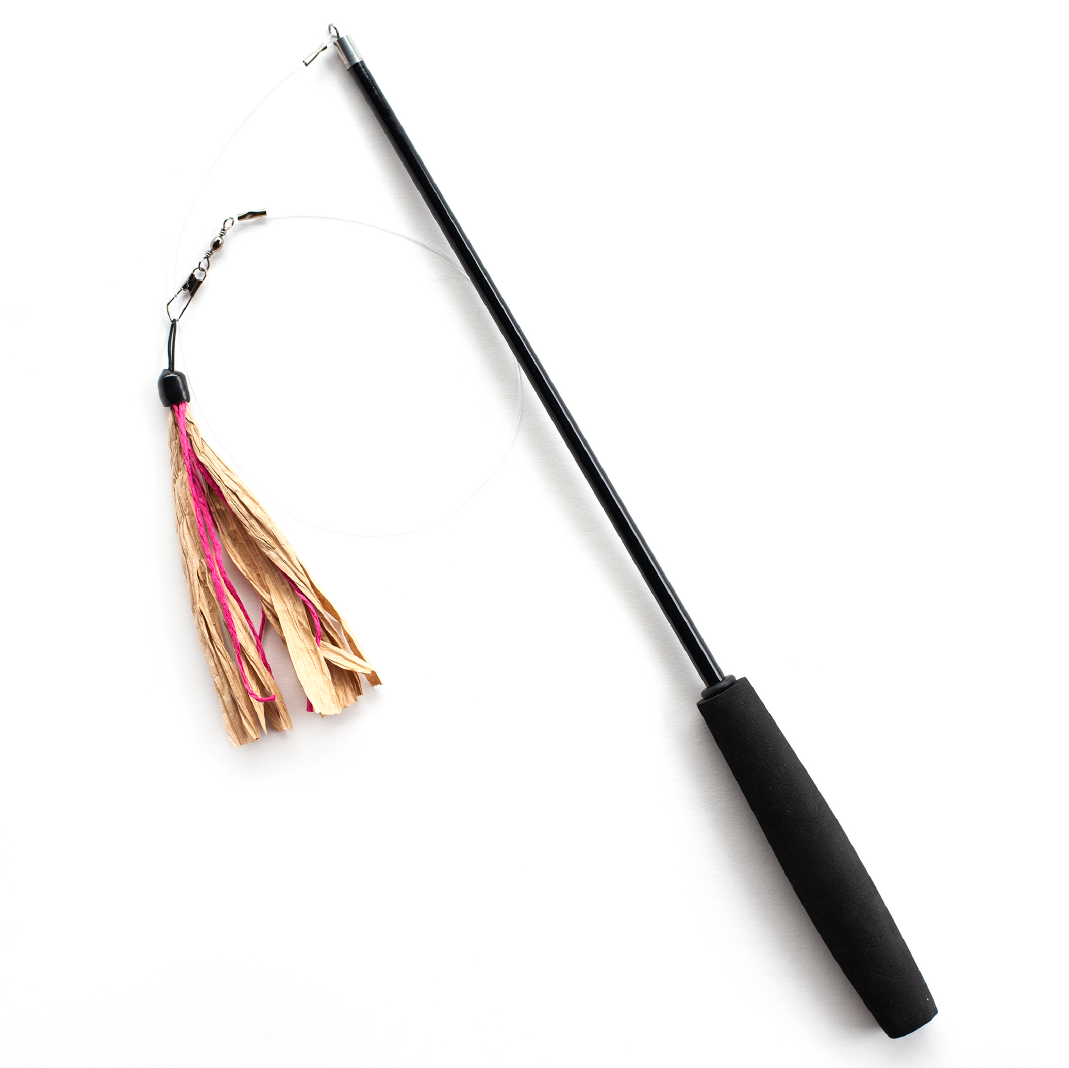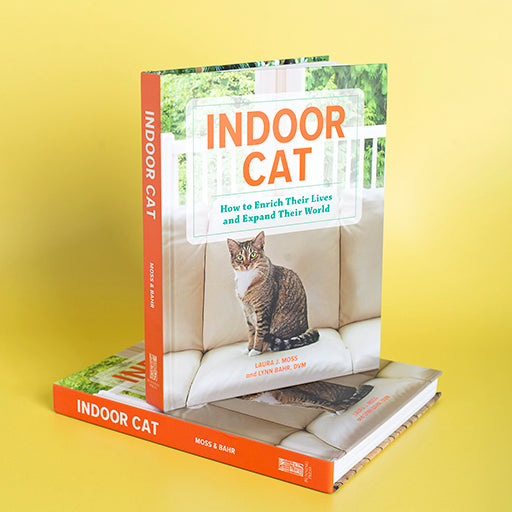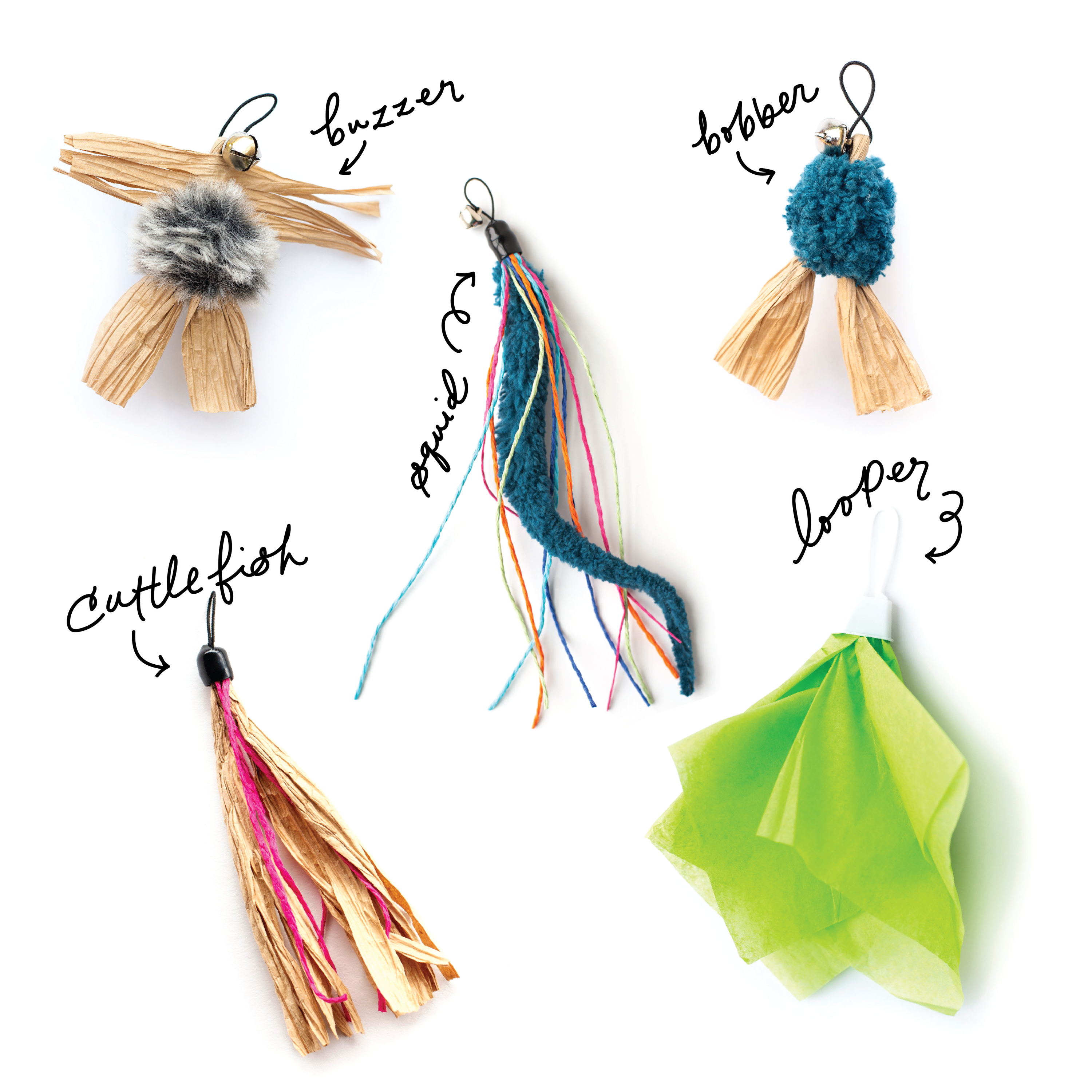How to Travel with your Cats
One of my clients met a brown tabby she later named Cheetos when the kitty jumped in her car at a roadside park. My client always assumed the cat had lived in a motor home or as a truck driver’s companion because she loved to go for car rides. And on a cross-country move, Cheetos slept atop a stack of boxes without so much as a peep for more than 8 hours at a time.
Cats who enjoy travel aren’t unheard of, but Cheetos is definitely the exception. I’ve had other clients tell me horror stories of their cats yowling, panting or exhibiting destructive behavior for days or weeks after a trip.
An experienced adventure cat will have no trouble adapting to travel or an emergency evacuation, but what if your feline companion has never been beyond the four walls of your home, except for a visit to the vet? How can you teach them that travel is enjoyable?

Start small and work your way up
A cat who isn’t used to traveling will probably start out a little nervous. This is totally normal, but it’s important not to rush your cat or expose them to too much stress.
For indoor cats who have limited territory and room to move, this can be especially problematic. They have a routine, and they want to stick to it. The moment you change that, especially when you put your cat in a new environment, they feel out of control.
So your best bet is to start with short trips outside. Take your cat to the back yard for play time or for a simple stroll down the street. But first, check these three items off your list.
Clicker train your cat
Unlike dogs, cats don’t tend to come when you call, but you can train them to respond to you. Laura Moss of Adventure Cats says clicker training is the best way to prepare your cat for the great outdoors. Cats love the mental stimulation, and your beloved kitty will learn to respond to your commands, keeping her safe when you’re on the road.
Microchip your cat
No one wants to lose a pet. And even the most vigilant cat parents have had a feline make a run for it at the sight of an open door. Your best bet for keeping track of your mini escape artist is to have your cat microchipped.
A veterinarian can typically perform this procedure during a regular office visit, but some prefer to do it while the cat is under anesthesia during their spay/neuter. A basic fee covers the chip itself and a one-year registration with a tracking service.
Look for a brand that’s part of the American Animal Hospital Association’s network of registries. This online search tool points shelters and vets to the company that made the chip. That company hosts the information that will reconnect you and your cat. So keep your contact info up-to-date.
Crate or harness your cat
Cats are most secure in a hard-sided carrier, but soft-sided ones work fine as well. For easy access, choose a carrier that opens from the top and the side. Just be sure the carrier is large enough for your cat to turn around comfortably and raise his head.
Once your cat becomes more comfortable with traveling, you can train him to go outdoors with a harness and leash.

Learn your cat’s signals
If you’ve spent the time clicker training or leash training your cat, you probably already know her pretty well. Still, it’s important to get to know your cat’s behavior so you can spot any signs they might be overstimulated or in distress.
By taking the time to learn what triggers your cat’s fight-or-flight response, you’re better able to avoid situations like a terrified kitty hiding under a bush or running into traffic.
In general, a cat who feels comfortable in her surroundings will have her ears and tail up and moves with confidence. She might even take a little cat nap. On the other hand, a cat who is tense will be more likely to drop her tail and ears. She may hide, scratch, bite or even hiss.
Get to know your cats unique signs, and don’t push your kitty outside her comfort zone, especially if she’s already stressed or nervous.

Bring comforts from home
A cat who is uncomfortable with new people or new surroundings is usually dealing with a lot of unfamiliar elements. And since cats have noses that are 14 times more sensitive than a human’s, new smells can really put them on edge.
A couple of things will help in this situation. The first is to bring their favorite items from home. A favorite bed, toy or blanket can go a long way in making your cat feel less stressed. Sometimes even a t-shirt that’s already been worn or your hairbrush can be enough to comfort your cat.
Another option is a calming collar or feline pheromone diffuser. These aren’t scientifically proven, but many owners swear by them. So I say if it works for your cat, go for it! It’s all about making him comfy and relaxed.
Personally, I recommend silver vine as a way to alleviate stress and encourage positive behavior. It’s a simple cat attractant, similar to catnip but significantly more powerful. In fact 80% of domestic cats respond positively to silver vine—compared to just one-third with catnip.
A small sprinkle of silver vine powder induces a euphoric response that can encourage play or even coax a cat into their carrier.

Build an emergency kit
Once you’re ready for an adventure—or in case an unexpected “adventure” hits—pull together an emergency kit. Talk to your family and your vet to finalize your kit, but you can start with these common items.
- Food and fresh water (plus dishes and treats)
- Your cat’s medical records, including vaccines (especially rabies)
- Any medicine or nutritional supplements
- Your cat’s carrier or harness (with your name and phone number clearly visible)
- A clear, recent photo of your cat
- Cat litter and box (disposable ones work great!)
- Comfort items and silver vine
- Pet first aid kit
Keep your emergency kit packed and ready to go, and store it in a safe—but conspicuous—place. Take the kit along every time your cat travels with you, especially in an emergency evacuation.
Enjoy the ride
If you take the time to prepare your cat (and yourself) for travel, it should be a fun and stress-free experience. To get started, check your kitchen cabinets for an unused lunch box or your hall closet for a travel bag you no longer need. It will make a great place to start an emergency kit for your feline companion.










